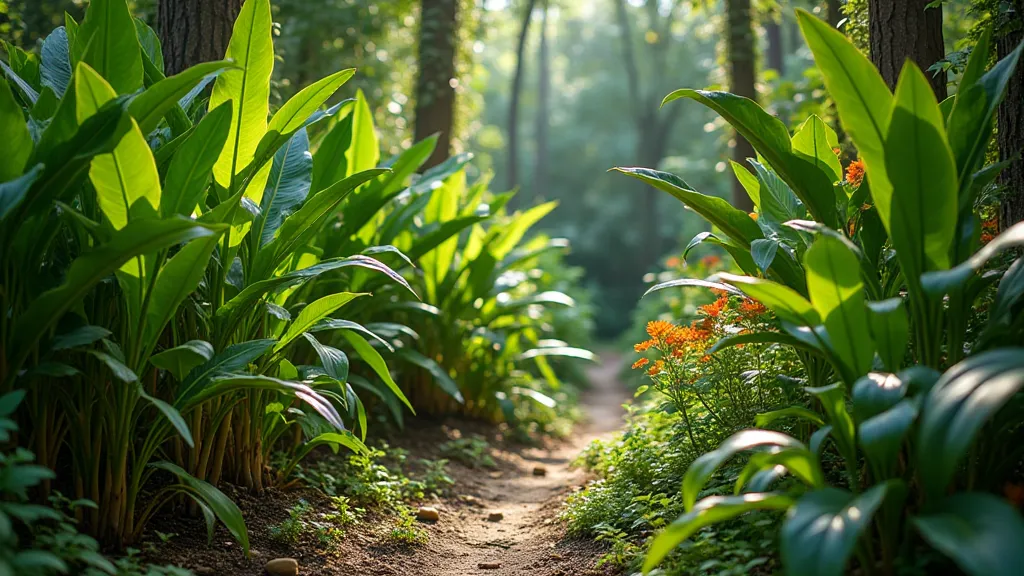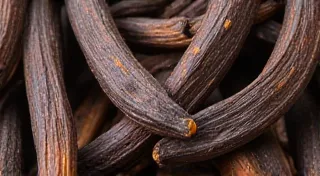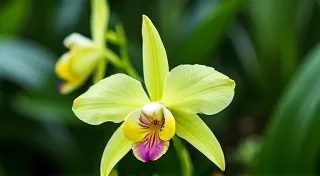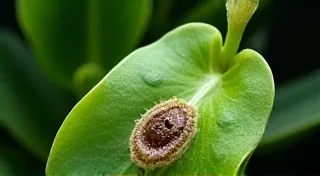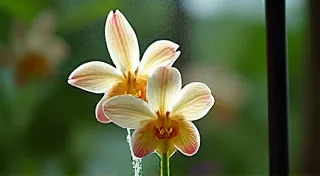Companion Plants for Vanilla Beans: Creating a Symbiotic Garden
Growing vanilla beans at home is a rewarding but challenging endeavor. While vanilla vines are notoriously picky, creating a supportive environment can significantly increase your chances of success. One of the most effective ways to do this is through companion planting – strategically selecting plants that thrive alongside your vanilla beans and offer mutual benefits. This article will explore excellent companion plants, explaining how they can help create a harmonious and beneficial garden ecosystem.
Why Companion Planting for Vanilla Beans?
Vanilla beans, Vanilla planifolia, hail from the tropical rainforests of Mexico, Central America, and the Pacific Islands. Replicating that complex ecosystem in your home garden isn't possible, but carefully chosen companion plants can mimic some of its advantages. These benefits include:
- Improved Soil Health: Some companion plants enrich the soil with vital nutrients.
- Pest Control: Certain plants repel pests that can damage vanilla vines.
- Shade and Support: Vanilla plants prefer partial shade and benefit from climbing support. Companion plants can provide both.
- Enhanced Air Circulation: Proper spacing and plant selection promote airflow, reducing fungal diseases.
- Attracting Pollinators: Encouraging pollinator activity is critical for vanilla bean production.
Excellent Companion Plants for Vanilla Beans
Here's a breakdown of plants that work well with vanilla beans, categorized by the benefits they provide:
1. Shade-Providing Companions
Vanilla beans thrive in partial shade, mimicking the understory of their natural habitat. These plants offer the necessary canopy:
- Banana Trees: Their large leaves provide excellent shade and their leaves decompose, enriching the soil. Be mindful of their size and space requirements.
- Citrus Trees (Lemon, Lime, Orange): Citrus offers partial shade and appreciates similar tropical conditions.
- Papaya: Rapid growth provides quick shade, but can also become competitive for resources.
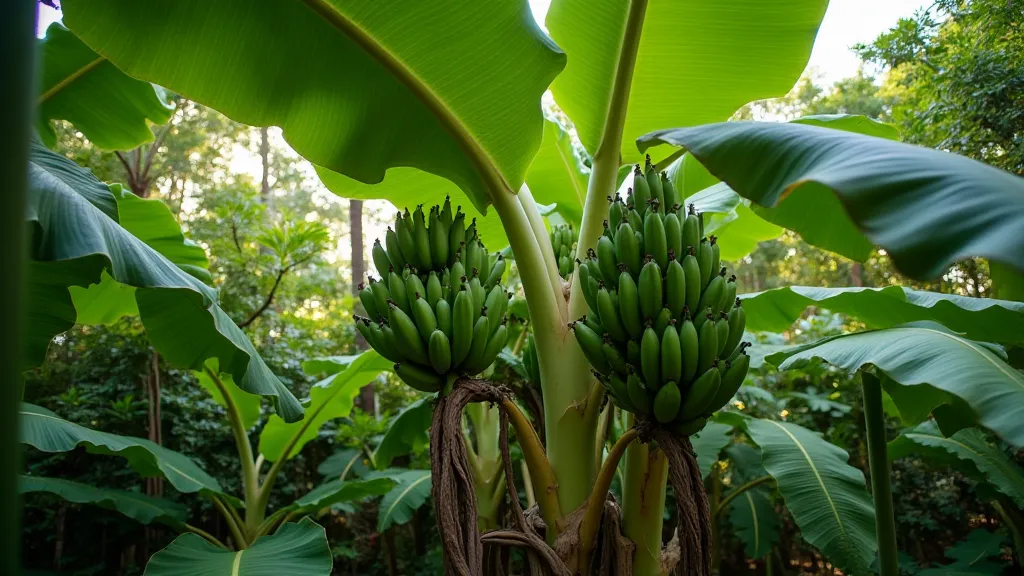
2. Nutrient-Boosting Companions
Some plants are known for their ability to fix nitrogen or extract nutrients from the soil, benefiting surrounding plants.
- Legumes (Beans, Peas): Legumes fix nitrogen in the soil, making it available for the vanilla beans and other plants.
- Marigolds: While their nutrient contribution is minor, marigolds improve soil health.
3. Pest-Repelling Companions
Certain plants deter common pests that can plague vanilla bean vines:
- Marigolds: Repel nematodes and other soil pests.
- Nasturtiums: Act as a trap crop, attracting aphids away from the vanilla beans.
- Garlic/Onion: Their scent deters many common garden pests.
4. Support and Climbing Companions
Vanilla vines are climbers and require support. While trellises and stakes are options, some companion plants can also provide natural support:
- Passionfruit Vines: Provide a strong support structure while adding another delicious tropical crop.
- Hibiscus: Strong stems can offer support, and their flowers attract pollinators.
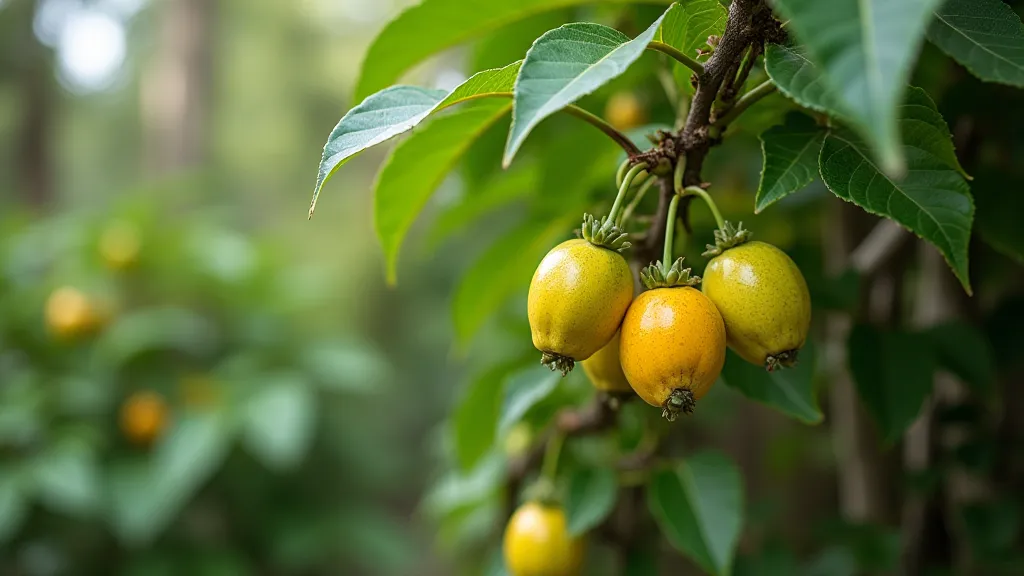
Important Considerations
- Space Requirements: Ensure you have adequate space for both the vanilla bean vines and the chosen companion plants. Overcrowding can hinder growth.
- Water Needs: Choose companions with similar water requirements to simplify irrigation.
- Sunlight: Carefully consider the sunlight needs of each plant. Vanilla beans thrive in partial shade, so companions should tolerate similar conditions.
- Competition: Be mindful of plants that may compete with the vanilla beans for resources (water, nutrients, sunlight).
Creating Your Symbiotic Garden
Companion planting for vanilla beans is an ongoing process of observation and adjustment. Experiment with different combinations to see what works best in your specific environment. By carefully selecting and integrating companion plants, you can create a thriving and beautiful home garden that rewards you with the fragrant and valuable vanilla beans.
